Characteristic of Different Phyla
We will describe and explain the important characteristic features of the different phyla.
Characteristics features of Poriferan are:
1. Poriferans are mostly aquatic and marine organisms. They remain attached to the ocean floor.
2. Their body is made up of many pores . This pores are of two type ostea and osculum.
3. It is made up of quanosite cell.
4. The main media for transport in the body are water. Waters enter by the small pores of the body called and release by the big hole present on the top of the body for exit of water.
5. They have a simple body, which is roughly cylindrical in shape.
6. Example- sponges.
Characteristics features of Cnidaria:
1. Members of Cnidaria are mostly marine whereas some of them live in fresh water.
2. Most of them have soft translucent body ,mouth at one end leading to a body of hollow cavity.
3. There body is made up of cnidoblast cells thus they are called Cnidaria.
4. Example – Hydra, jelly fish.
Characteristics of platyhelminthes:
1. Platyhelminthes comprises of worms that have soft, flattened and leaf or ribbon like body.
2. They have hooks and suckers on their head around and the mouth help them to grip the host body ( maximum of them live as parasite inside the body of the animals and human being)
3. They donot have any organs for movement.
4. They are acoelomate.
5. Example – tape worm.
Characteristics of Nematodes:
1. Body of Nematoda are long, thin, cylindrical and not divided.
2. They have a mouth at one end of the body and an opening (anus) at the other end.
3. They are mostly parasitic in nature and found inside the digestive tract of
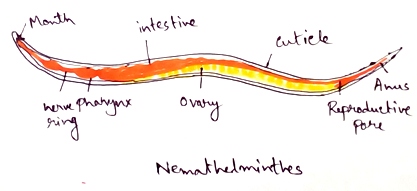
4. They do not have any locomotory organs.
5. They are pseudocoelomate .
6. Example -hook worm.
Characteristics of annelid:
1. Annelids have a long cylindrical body that is divided into ring like segments . Segments are called metamear.
2. They are mostly free living worms that found in soil or water.
3. They have a mouth at the tip of the body and anus at the other end. The bristle like structures are called seatae.
4. First true coelom is observed.
5. Example- earth worm.
Characteristics features of arthropods:
1. About 80% of the animal kingdom are made up of arthropods.
2. They can be aquatic or terrestrial.
3. Their body is covered by chitin and is divided into different segments.
4. They have compound eyes, joined legs (in each segments), antennae (sensor).
5. They are divided into –crustaceans, Myriapods, insects, Arachnida.
6. Circulatory system is open type (in which blood flows in free space called haemocoel).
Characteristics features of mollusca:
1. They are may be aquatic or terrestrial.
2. They have soft body which can be divided into three parts. They are –head, visceral mass and muscular feet.
3. Their soft tissues are covered by hard shell which is produced due to calcium carbonate deposition.
4. Muscular foot act as locomotory organs.
5. Example- snail, shell etc.
Characteristic features of echinodermata:
1. They are marine animals.
2. Their body usually has a central disc, from which five or more arms are radiating outward producing a star like appearance.
3. Skin is very tough which is covered with spine.
4. There is mouth on the lower surface of the body and anus on the upper side of the body.
5. They have special type of locomotory organs called tube feet.
6. Example- star fish, sea urchin etc.
Vertebrates – Vertebrata is the largest subphylum of chordata which is characterized by the formation of cranium and vertebral column instead of notochord and brain spinal cord instead of dorsal nerve cord.
Vertebrates can be divided into following-
Characteristics features of fish are:
1. Fish are aquatic animals they can be found in ocean, pond, sea etc.
2. Their body is covered with scales to protect it from water. The scales can be of different types –sicloid, tinoid, ganoid, plakoid .
3. They have special type of body shape (streamlined) to overcome the resistance of water.
4.They have fins ,gills.
5.They are cold blooded as their body temperature changes with the change of environmental temperature.
6. Their heart is called Venus heart as it is two chambered heart.
7. kidney are mesonephros.
8. They are of two type -chondrichthyes (endoskeleton is made of cartilage, shark)osteichthyes (endoskeleton is made of bones, rohu, catla).
Characteristics features of amphibians:
1. Their different phases of lifecycle are dependent both on land and water thus they are called amphibians.
2. They have moist slimy skin .
3. They are cold-blooded animals.
4. Their heart is of three chambered.
5. Their respiratory organs are- lungs, skin,gills (changes according to different phases of lifecycle)
6. Example- frog,toad.
Characteristics features of reptiles:
1. Reptiles are mostly terrestrial but some of them are aquatic.
2. Their body is covered with very dry scales.
3. They are cold-blooded animals.
4. They have incomplete four chambered heart (except crocodile -If has complete four chambered heart).
5. They breathe through lungs.
6. Example- snake, lizard.
Characteristics features of birds or aves:
1. Birds are terrestrial animals that can fly .
2. Their body is covered with feathers.
3. Fore limbs are converted into wings . The strong flight muscles of their wings help them to fly in the sky.
4. They have streamlined body that help it to overcome the resistance of air.
5. They are warm blooded animals as their body temperature donot change with the changes of the environmental temperature.
6. They have four chambers in their heart.
7. They are oviparous animals and internal fertilization is observed.
8. Jawsare converted into beak.
9. Example- crow, peacock.
Characteristics features of mammals:
1. Mammals are the only animals that give direct birth to the baby (viviparous).
2. Placenta is formed where the embryo go through stages of maturation.
3. Their body is covered with fur or hair nd contains lipid layer under the skin.
4. They breathe through lungs and move with the four pair of limbs.
5. They are warm blooded animals .
6. They contain four chambered.
7. External pina is observed.
8. They have mammary glands.
9. Example- man,whale.
From Characteristic of Different Phyla to HOME PAGE
Recent Articles
-
What Is Plasma? | Blood Plasma | Proteins | Nutrients | Cholesterol
Nov 07, 25 10:29 AM
Blood is a mobile fluid which is a connective tissue and is derived from the mesoderm like cell any other connective tissue. Colour of blood is reddish and that flows inside the blood vessels by means… -
Disorders of Respiratory System | Tuberculosis | Pleurisy | Emphysema
Oct 28, 25 11:39 PM
Tuberculosis is very common disease and is caused by a type of bacteria called Mycobacterium tuberculosis. This disease causes different trouble in the respiration and infection of several parts of th… -
Regulation of Respiration | Respiratory Centres | Inspiratory Area |
Oct 14, 25 12:13 AM
Respiratory Centre is the area that controls the rate of respiration and it is observed to be located in medulla oblongata and pons. Respiratory Centre has the following will dispersed components like… -
Explain Transport of Gases | External Respiration | Tissue Respiration
Oct 09, 25 11:35 PM
In humans gaseous exchange is completed in the following ways the steps are - External Respiration or Breathing - Breathing in false taking in of Oxygen and giving out of carbon dioxide in the body. M… -
Kind and Number of Teeth | Location of Teeth in Mouth | Care of Teeth
Sep 11, 25 12:52 AM
Kind and Number of Teeth
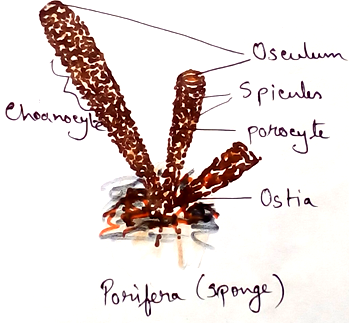
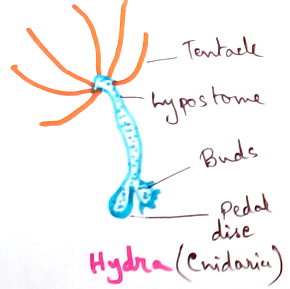
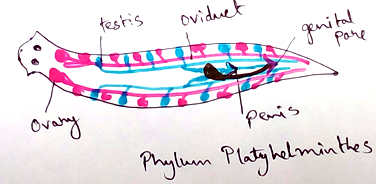
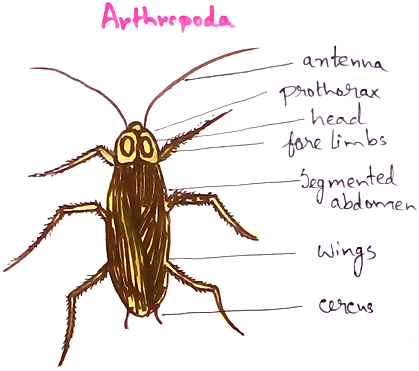
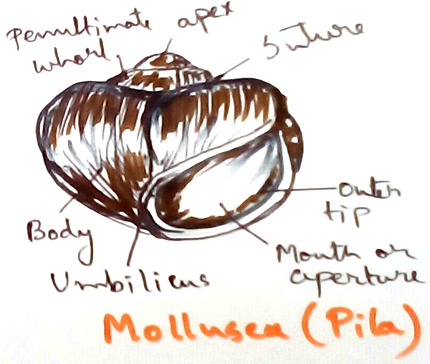
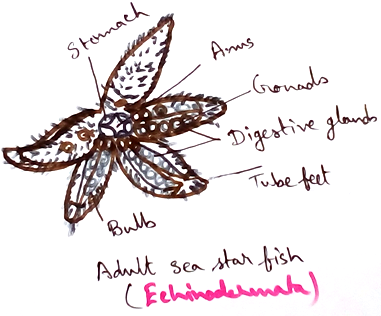
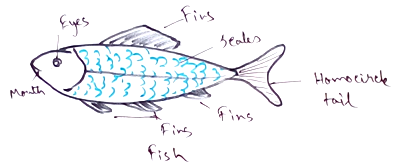
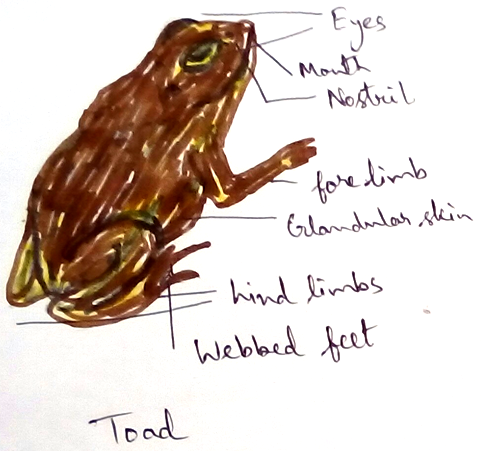





New! Comments
Have your say about what you just read! Leave me a comment in the box below.